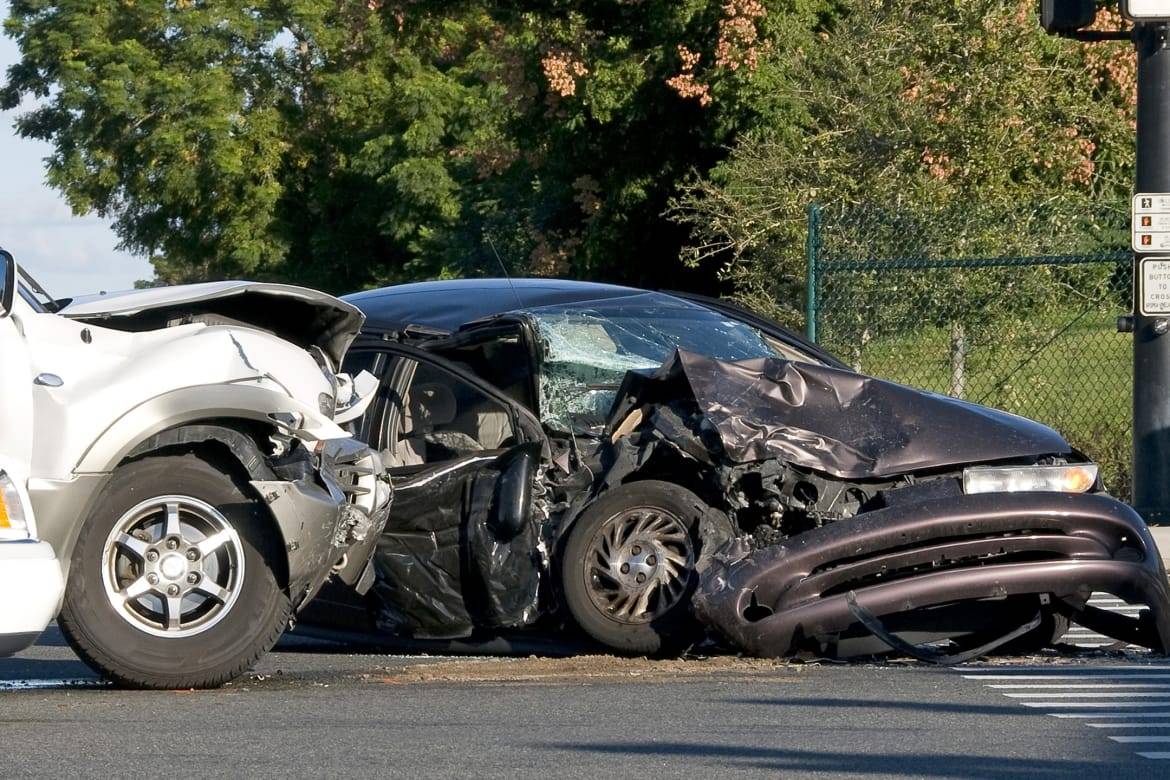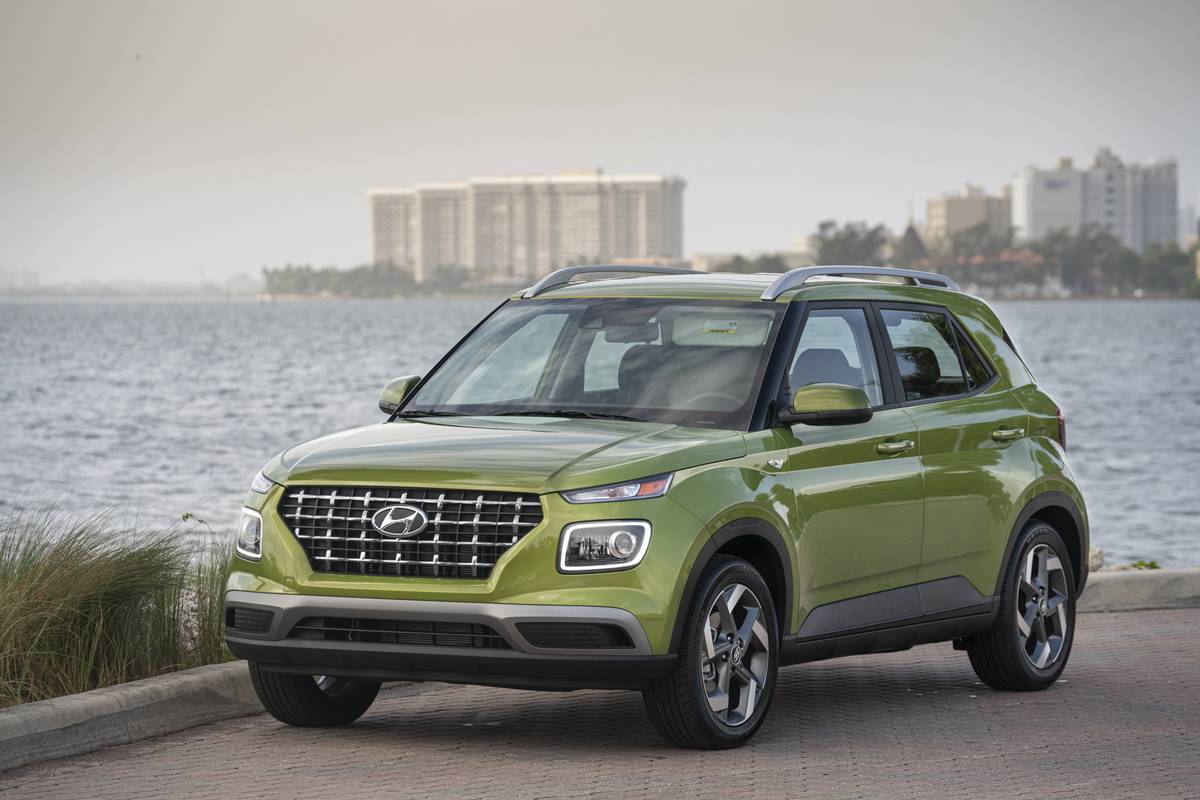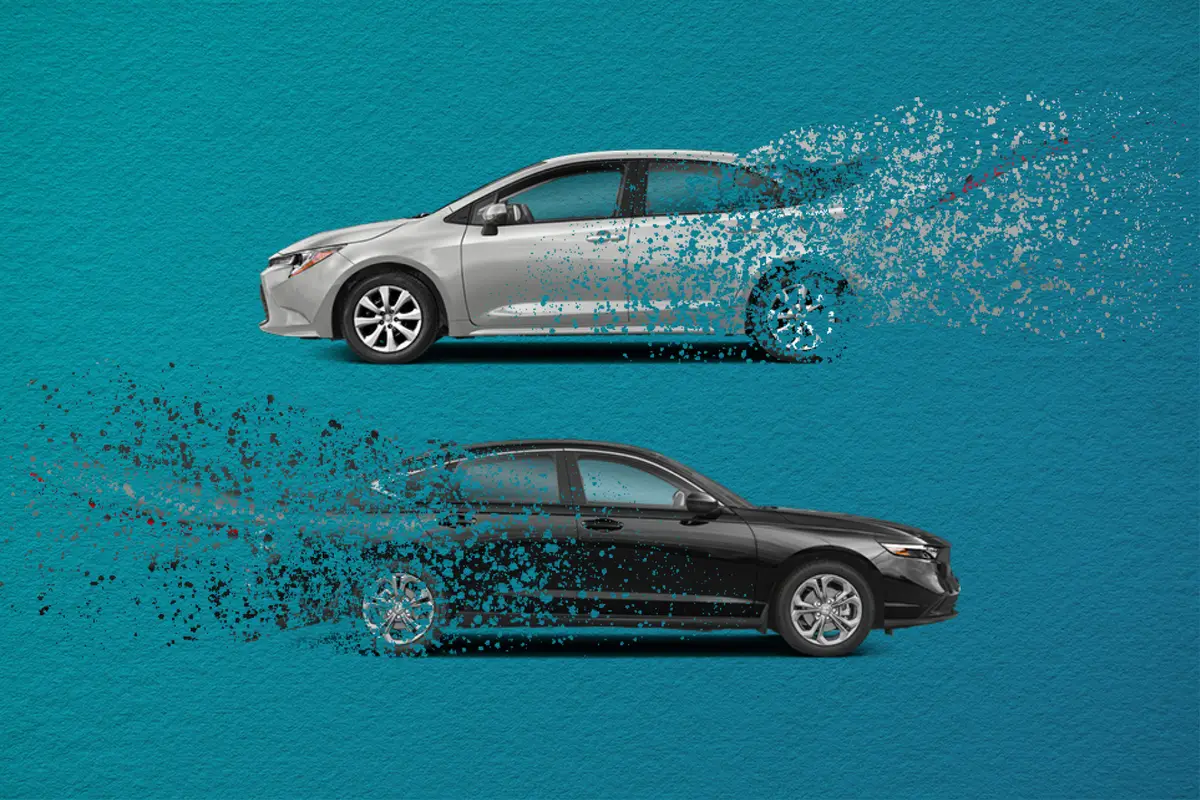Traffic Deaths Spike, Safety Legislation Stalls


CARS.COM — Spiking traffic deaths in the past two years have been accompanied by an inversely proportional decline in states’ passage of driving safety laws, a new report laments. Advocates for Highway and Auto Safety today released its 14th annual Roadmap of State Highway Safety Laws, which rates all 50 states and the District of Columbia on their traffic-safety legislation and “exposes deadly gaps” therein. This year’s results, the group says, were disheartening.
Related: Which States Had the Biggest, Smallest Increases in 2015 Traffic Deaths?
In 2015, according to figures from the National Highway Traffic Safety Administration, more than 35,000 motorists were killed and 2.4 million injured in crashes — a 7.2 percent increase over 2014 and the largest spike in half a century. Jackie Gillan, president of Advocates for Highway and Auto Safety, said that in addition to lost lives, the monetary cost to taxpayers totaled $242 billion, roughly $800 for every person in the country.
With preliminary totals for 2016 already showing an additional 8 percent increase for the first nine months of the year, the advocacy group’s calls for action are taking on a particular urgency, as are its call for state legislators across the U.S. to act.
“This alarming two year jump in motor vehicle crash deaths also corresponds with a significant decrease in state legislative progress to pass lifesaving safety laws,” Advocates said in a statement. “In 2016, only four states and D.C. passed an optimal law as defined by this report. This sets a new record low for state legislative advances.”
The “optimal laws” identified include:
- Primary enforcement of seat belt laws, which permit police to stop vehicles on a seat belt offense alone, called for in 16 states for front passengers and 32 states for rear passengers
- All-rider motorcycle helmet laws, lacking in a reported 31 states
- Booster seat laws mandating that all children ride in one until they are 57 inches tall and 8 years old, needed in 39 states and D.C.
- Graduated driver licensing laws, which help teens wade into the driving process under controlled circumstances, are lacking in all states according to Advocates’ standard of seven “optimal provisions”
- Impaired-driving laws, such as an ignition-interlock requirement for all convicted DUI offenders and child-endangerment penalties, are needed in 33 states
- All-driver text-messaging bans, lacking in nine states
Each state’s legislative performance is classified as green, yellow or red. Cathy Chase, vice president of governmental affairs for Advocates, explained that green is considered “significantly advanced,” yellow is “improvement needed for gaps” and red is “dangerously behind.”
Chase noted that no one state meets all optimal laws. To be eligible for a green rating, states must have 11 to 15 optimal laws, including primary enforcement seat belt laws for both front and rear passengers, or nine or more optimal laws including both primary seat belt laws and an all-rider motorcycle helmet law.
The five best-performing states (along with Washington, D.C.) — and the only ones receiving a green rating — followed by the number of Advocates-recommended laws each has, are:
- Rhode Island, 12 laws
- Delaware, 11
- Washington, 11
- D.C., 10
- Louisiana, 9
- Oregon, 9
The five worst-performing states — among the 17 receiving a red rating — are South Dakota, with just two optimal laws, Wyoming with three, and Arizona, Missouri and Montana, each with four. The remaining 28 states received a yellow rating.
Speaking at a press conference called by Advocates this morning, Dr. Georges Benjamin, executive director of the American Public Health Association, urged every state to look at its identified gaps and enact legislation to close them. Effective legislation has been proven to save lives, he said, so it’s simply a matter of willingness on the part of lawmakers.
“They have the ability to stop this carnage we’re seeing on our streets every day,” Benjamin said.
Speaking on behalf of Mothers Against Drunk Driving, Debbie Sausville called drunken driving a “100 percent preventable violent crime.” The preferred prevention method? Ignition-interlock devices for all drivers convicted of a DUI, even on a first offense, to stop offenders from starting their cars. Twenty-eight states already have such laws, and some have seen reductions in DUI deaths of as much as 50 percent. Around three-quarters of DUI offenders, according to MADD, continue driving on a suspended license, so suspensions are not enough.
“This is the solution,” Sausville said, noting that about 10,000 people die in drunken-driving crashes each year, “in every car of every convicted drunk driver.”
Capt. Tom Didone, of the Montgomery County Police Department in Maryland, also spoke at the conference, advocating for primary seat belt laws. He said that without such legislation for both the front and back seats, officers must find a secondary offense in order to enforce seat belt laws, limiting their ability to engender traffic safety in their communities.
“We need laws in Maryland and other states … that protect every passenger in every seat, every ride,” he said.

Former Assistant Managing Editor-News Matt Schmitz is a veteran Chicago journalist indulging his curiosity for all things auto while helping to inform car shoppers.
Featured stories



2025 Lincoln Navigator Review: Elephantine Elegance

